Amazon Prime Day has transformed from a niche retail event into a global shopping phenomenon. Launched in 2015 to celebrate Amazon’s 20th anniversary, Prime Day has since evolved into one of the biggest online sales events of the year. Also Visit
What is Amazon Prime Day?
Amazon Prime Day is an annual sales event exclusively for Amazon Prime members. It features significant discounts across a wide range of products, including electronics, home goods, fashion, and groceries. Traditionally held in July, Prime Day has sometimes shifted dates due to various factors, but its core purpose remains to offer exclusive savings to Amazon’s loyal customer base.
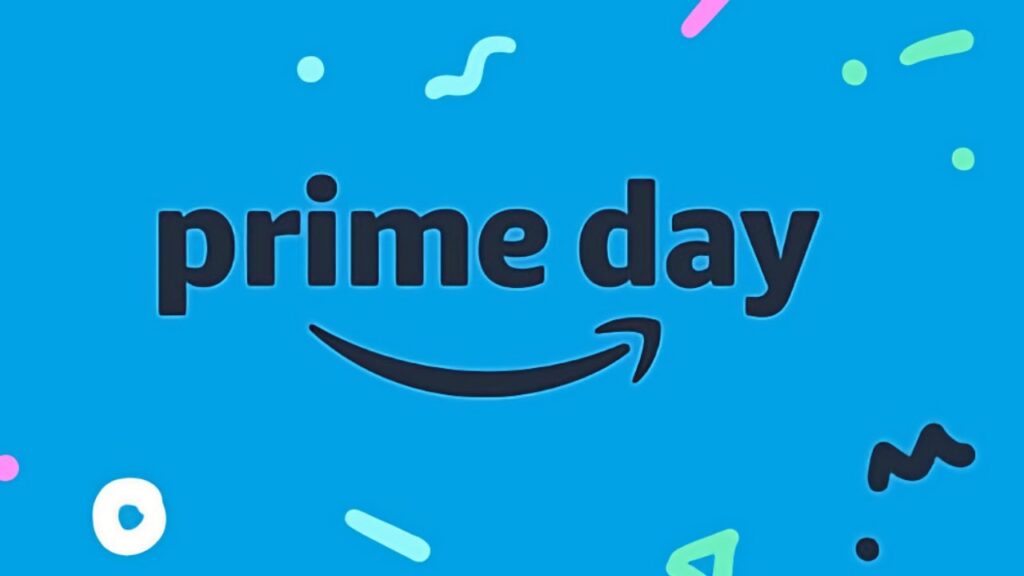
Origins and Evolution
Amazon Prime Day was introduced as a one-day event to commemorate Amazon’s 20th anniversary and was intended to boost Prime memberships. It quickly gained traction due to its impressive discounts and has since expanded into a multi-day event with deals rivaling those of Black Friday and Cyber Monday.
Table of Contents
- What is Amazon Prime Day?
- The Structure of Amazon Prime Day
- How to Prepare for Amazon Prime Day
- Tips for Finding the Best Deals on Prime Day
- The Evolution and Impact of Amazon Prime Day
- Common Mistakes to Avoid on Prime Day
- Post-Prime Day Considerations
- Preparing for Future Prime Days
- Conclusion
- FAQs
The Structure of Amazon Prime Day
1. Exclusivity for Prime Members
One of the key features of Amazon Prime Day is that it is exclusive to Amazon Prime members. This exclusivity encourages more consumers to sign up for Amazon’s subscription service, which offers various benefits beyond Prime Day, including free shipping, Prime Video, Prime Music, and more. Sign up for a 30-day free trial here if you’re not already a member.
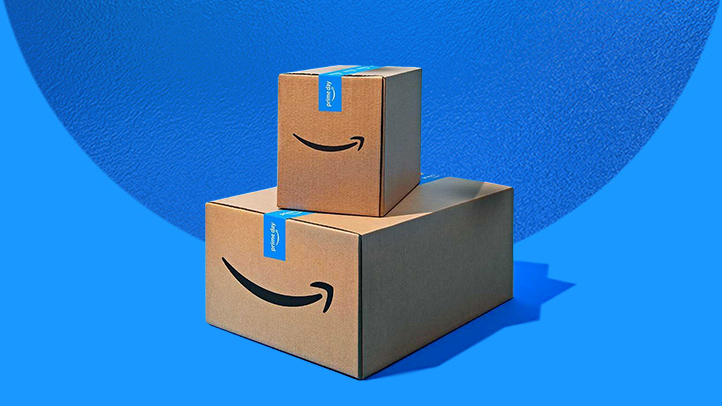
2. Types of Deals
Amazon Prime Day features several types of deals designed to cater to different shopping preferences:
- Lightning Deals: These are time-limited offers available in limited quantities. They often last only a few hours and can sell out quickly.
- Deal of the Day: These deals are available for 24 hours and often include significant discounts on popular items.
- Prime Early Access: Amazon often provides early access to select deals for Prime members before they are available to the general public.
3. Prime Day’s Duration
Initially, Amazon Prime Day was a single-day event, but it has since expanded to span multiple days, typically 48 hours. This extended timeframe allows more opportunities for deals and provides shoppers with additional time to plan and make purchases.
How to Prepare for Amazon Prime Day
1. Sign Up for Amazon Prime
To access Amazon Prime Day deals, you need to be an Amazon Prime member. If you’re not already a member, consider signing up for a 30-day free trial, which often covers the duration of Prime Day. Membership includes benefits such as:
- Free Two-Day Shipping: For eligible items.
- Prime Video: Access to a library of movies and TV shows.
- Prime Music: Stream over two million songs ad-free.
- Prime Reading: Borrow eBooks, magazines, and more.
2. Create a Wish List
Before Prime Day, create a wish list of items you’re interested in. This helps streamline your shopping process and ensures that you focus on the products you genuinely want. Amazon allows you to add items to a wish list and provides notifications when these items go on sale.
3. Set a Budget
With a plethora of deals available, it’s easy to overspend. Setting a budget before Prime Day helps you manage your finances and focus on purchasing items that are both needed and beneficial. Create a shopping list with estimated prices to keep track of your spending.
4. Research Products
Thoroughly research the products you’re interested in before Prime Day. Read reviews, compare prices, and check historical pricing data. Websites like CamelCamelCamel provide historical price data and can help you determine whether a deal is truly a bargain.
5. Download the Amazon App
The Amazon app is a valuable tool for navigating Prime Day. It allows you to receive real-time notifications about deals, manage your wish list, and make purchases on the go. The app also features a barcode scanner that helps you compare prices and find deals more efficiently.
Tips for Finding the Best Deals on Prime Day
1. Stay Updated
Follow Amazon’s official channels on social media and subscribe to their newsletter for the latest updates on Prime Day deals. Additionally, check tech and deal-focused websites like TechCrunch and The Verge for expert reviews and deal roundups.
2. Use Price Tracking Tools
Leverage price tracking tools and browser extensions like Honey or Keepa to monitor price changes and alerts. These tools can help you track deals and identify whether a discount is genuinely significant.
3. Shop Early
Prime Day deals often start at midnight PT, so be prepared to start shopping as soon as the event begins. Popular items may sell out quickly, so being among the first to shop can increase your chances of securing the best deals.
4. Check Out Amazon’s Own Products
Amazon typically offers significant discounts on its own products during Prime Day, including Echo devices, Kindle readers, and Fire tablets. These deals are often some of the best available and are worth checking out if you’re interested in Amazon’s tech products.
5. Compare with Other Retailers
Don’t limit your comparison to Amazon alone. Other major retailers often have competitive sales during the same period. Check websites like Walmart, Best Buy, and Target to compare prices and find similar deals.
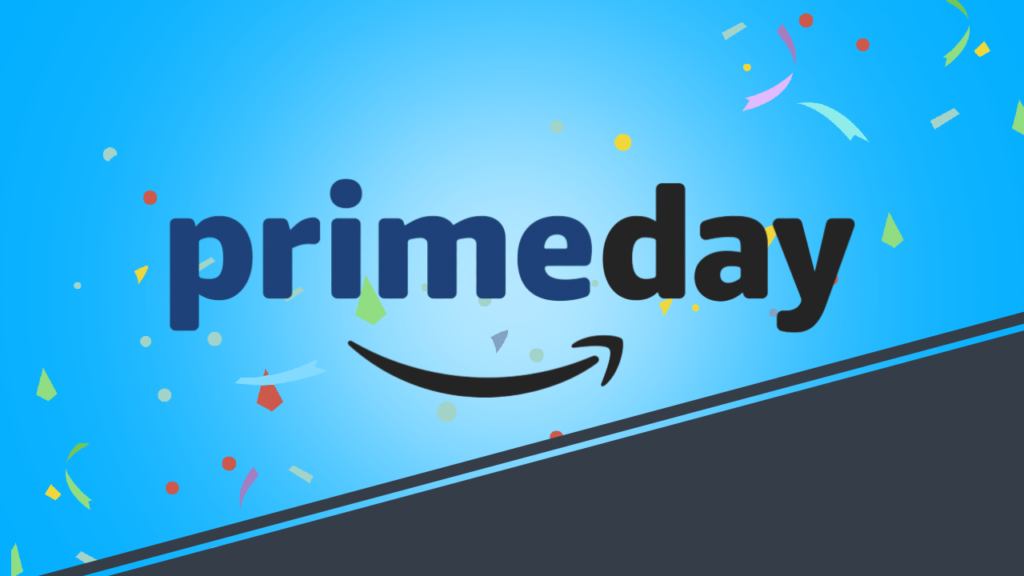
The Evolution and Impact of Amazon Prime Day
1. Expanding Beyond Electronics
Initially focused heavily on electronics, Amazon Prime Day has since expanded to include a wide range of product categories. From groceries and household items to fashion and beauty products, the diversity of deals has grown, appealing to a broader audience and making Prime Day a shopping event for nearly everyone.
2. Global Reach
Amazon Prime Day’s success has led to its expansion beyond the United States. The event is now celebrated in numerous countries around the world, including the UK, Canada, Australia, India, and many others. Each region offers localized deals and discounts, reflecting local market preferences and consumer demands.
3. Influence on E-commerce
Amazon Prime Day has significantly influenced the e-commerce landscape. Retailers now anticipate and plan for the event, often launching their own sales and promotions in response. This ripple effect underscores Prime Day’s importance in shaping shopping habits and trends.
4. Data-Driven Insights
The data gathered from Prime Day sales provides Amazon with valuable insights into consumer behavior and trends. This data helps Amazon refine its marketing strategies, personalize offers, and optimize the shopping experience for its customers.
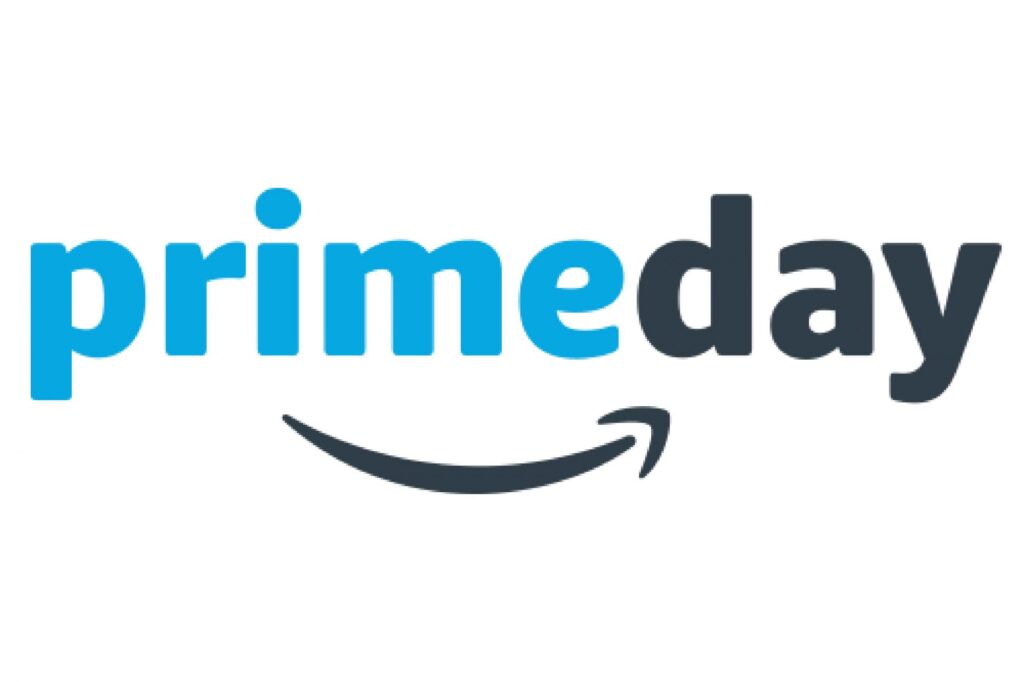
Common Mistakes to Avoid on Prime Day
1. Impulse Purchases
Prime Day’s fast-paced environment can lead to impulse buying. To avoid this, adhere to your pre-planned list and budget. Impulse purchases often result in buyer’s remorse and unnecessary spending.
2. Not Reading Reviews
Before making a purchase, read reviews and ratings to ensure the product meets your expectations. Even with discounts, a deal isn’t worthwhile if the product has poor quality or doesn’t fulfill your needs.
3. Ignoring Return Policies
Understand the return policies for items purchased during Prime Day. Some deals may have different return conditions, and it’s essential to know your options if the product doesn’t meet your expectations.
4. Forgetting About Shipping Costs
While many Prime Day deals include free shipping, be sure to double-check for any hidden costs. This is particularly important for items not covered under Prime’s free shipping benefits.

Post-Prime Day Considerations
1. Evaluate Your Purchases
After Prime Day, take time to review your purchases and assess whether they were good deals. Reflecting on your shopping choices can help you make better decisions in future sales events.
2. Monitor for Price Adjustments
Sometimes, prices may drop further after Prime Day. Amazon occasionally offers price adjustments if you find a lower price shortly after purchase. Contact Amazon’s customer service for assistance if you believe you’re eligible for a price adjustment.
3. Post-Sale Sales
Retailers often continue to offer promotions and discounts after Prime Day. Keep an eye out for additional sales or clearance events to find further savings on items you might have missed.
4. Returns and Exchanges
If you’re not satisfied with any of your Prime Day purchases, familiarize yourself with Amazon’s return and exchange policies. Promptly addressing any issues can help ensure a smooth resolution and potential refund.
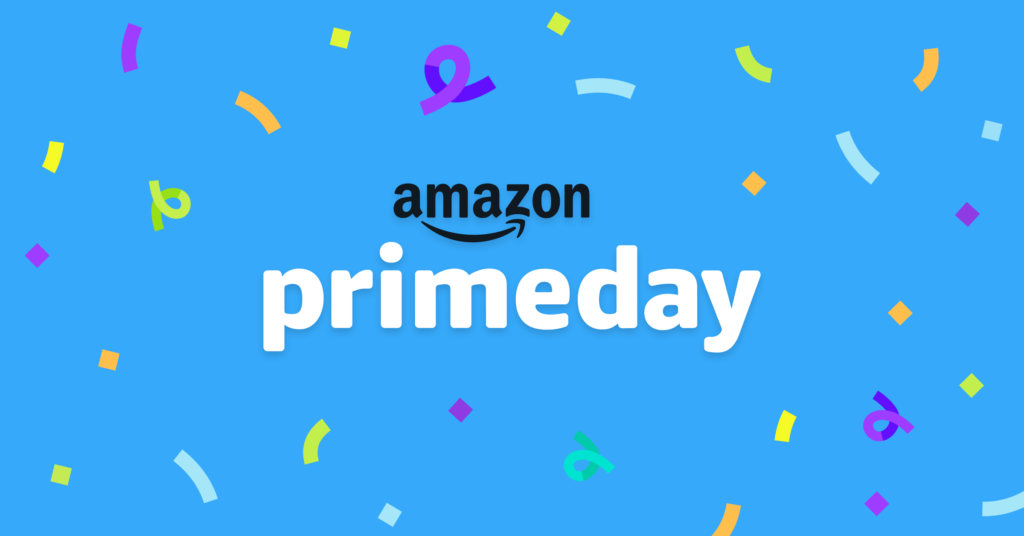
Preparing for Future Prime Days
1. Building Shopping Habits
Learning from each Prime Day experience can help you develop better shopping habits. Track what worked well and what didn’t, and apply those insights to future sales events.
2. Staying Informed
Continue to follow Amazon’s updates and news about Prime Day. Being informed about changes or new features in the event can enhance your shopping strategy and ensure you’re always prepared.
3. Engaging with the Community
Engage with other shoppers and online communities to share experiences, tips, and insights about Prime Day. Websites like Reddit and Slickdeals often have active discussions about upcoming sales and deals.
Conclusion
Amazon Prime Day is a monumental event in the retail calendar, offering unparalleled opportunities for savings across a vast array of products. By preparing adequately, researching thoroughly, and shopping strategically, you can make the most out of this annual event. Whether you’re seeking the latest gadgets, home essentials, or fashion finds, understanding the nuances of Amazon Prime Day can help you secure the best deals and enjoy a successful shopping experience.
For further information on Prime Day and to stay updated on upcoming sales, visit Amazon
FAQs
Q1: What is Amazon Prime Day?
Amazon Prime Day is an annual sales event exclusively for Amazon Prime members. It features significant discounts on a wide range of products, including electronics, home goods, fashion, and more. The event typically lasts for 48 hours and offers a mix of Lightning Deals, Deal of the Day, and early access offers.
Q2: When does Amazon Prime Day take place?
Amazon Prime Day is usually held in July, though the exact dates can vary from year to year. In recent years, the event has expanded to last 48 hours, giving shoppers more time to take advantage of the deals.
Q3: How can I participate in Amazon Prime Day?
To participate in Amazon Prime Day, you need to be an Amazon Prime member. If you’re not a member, you can sign up for a 30-day free trial to access the deals. During Prime Day, visit Amazon’s website or app to browse and shop the deals available.

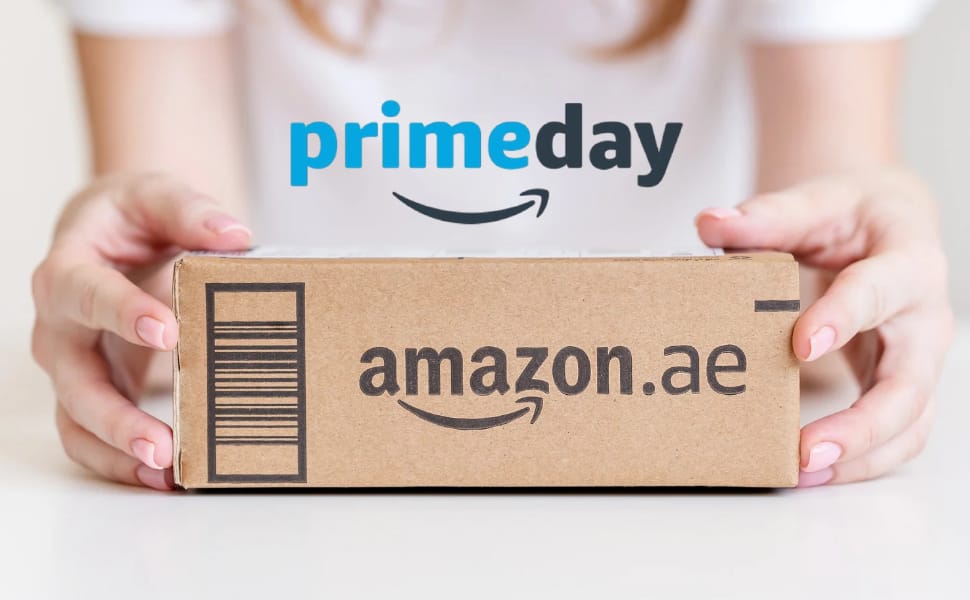
This is fantastic! I can’t wait to apply what I learned.
Can you be more specific about the content of your article? After reading it, I still have some doubts. Hope you can help me.
Your article helped me a lot, is there any more related content? Thanks!